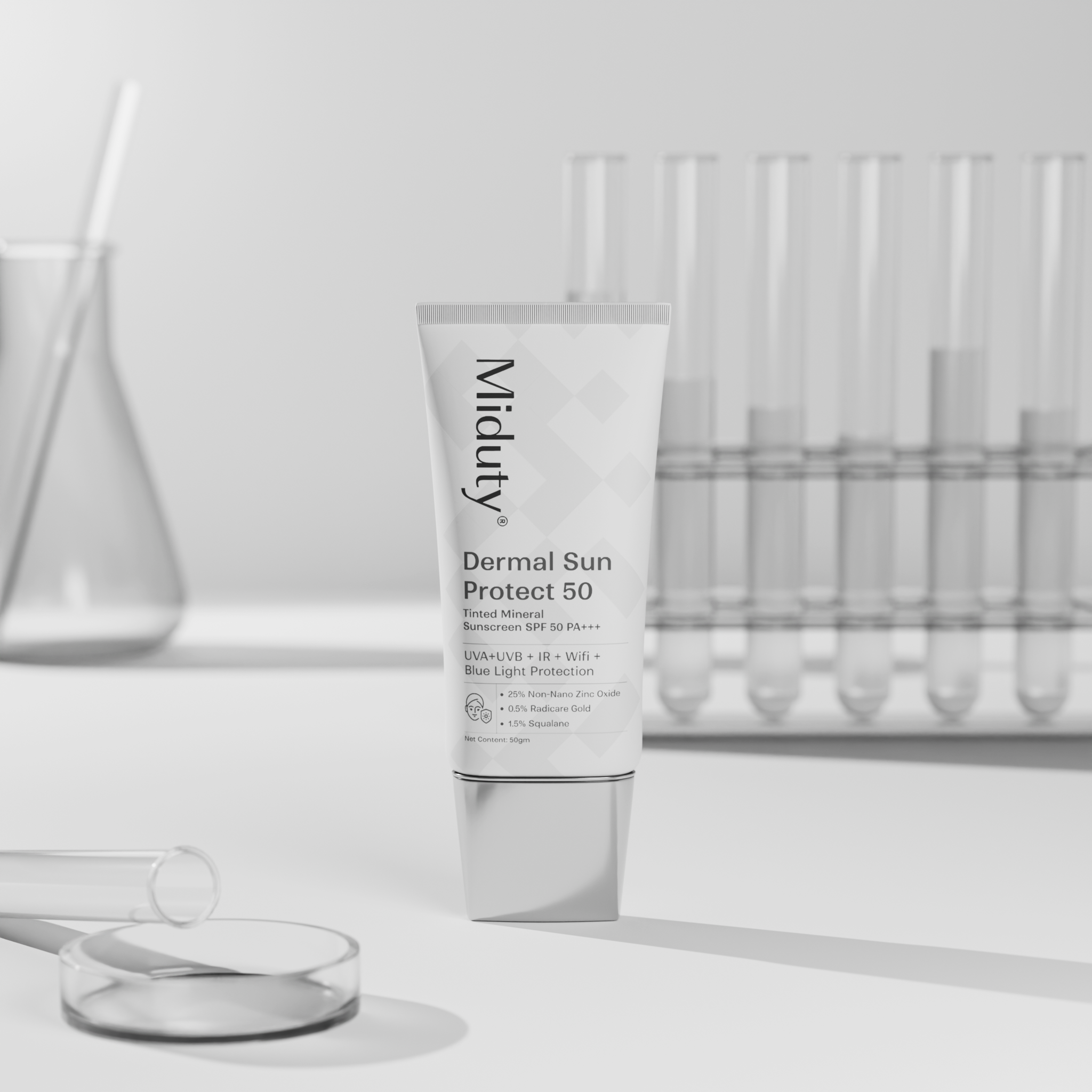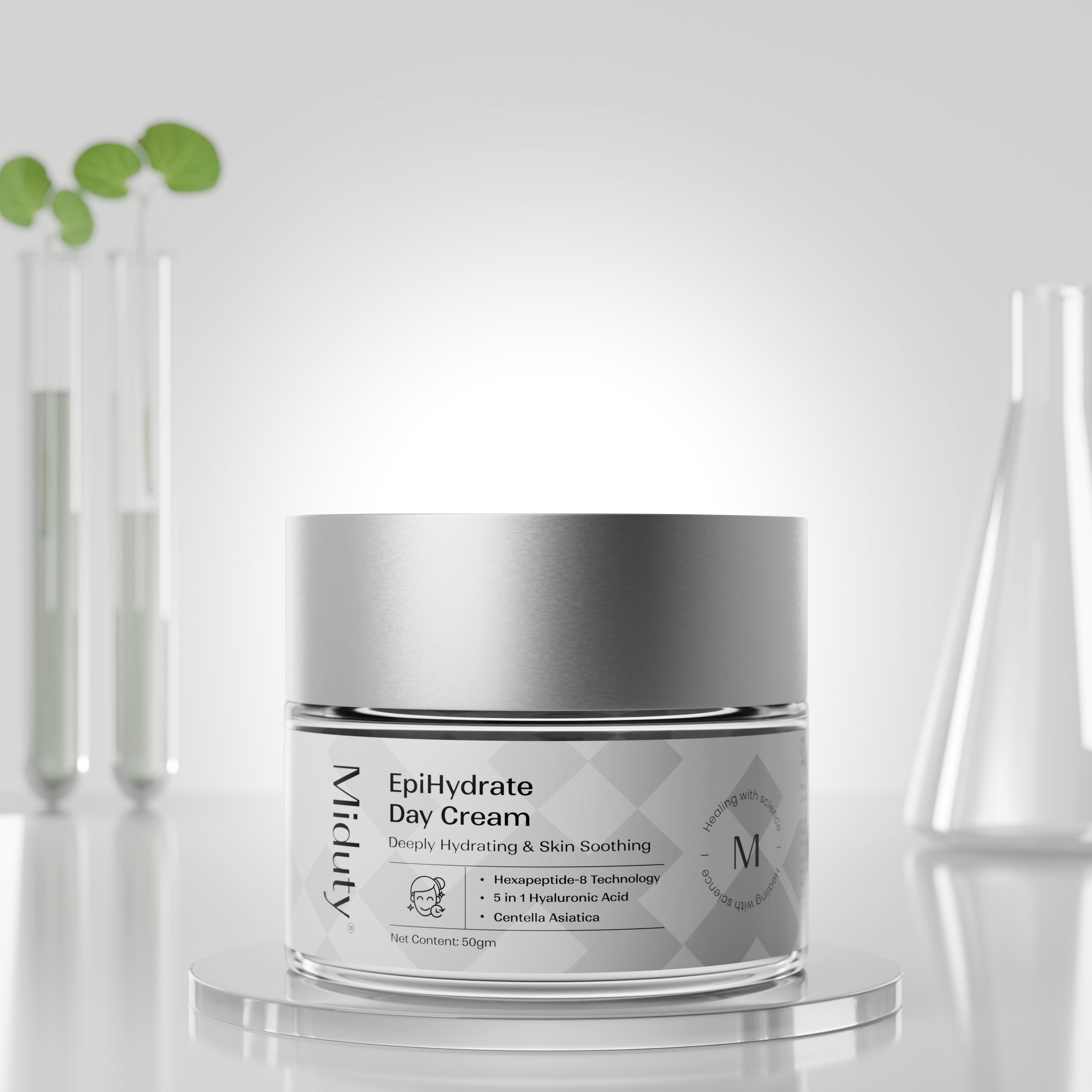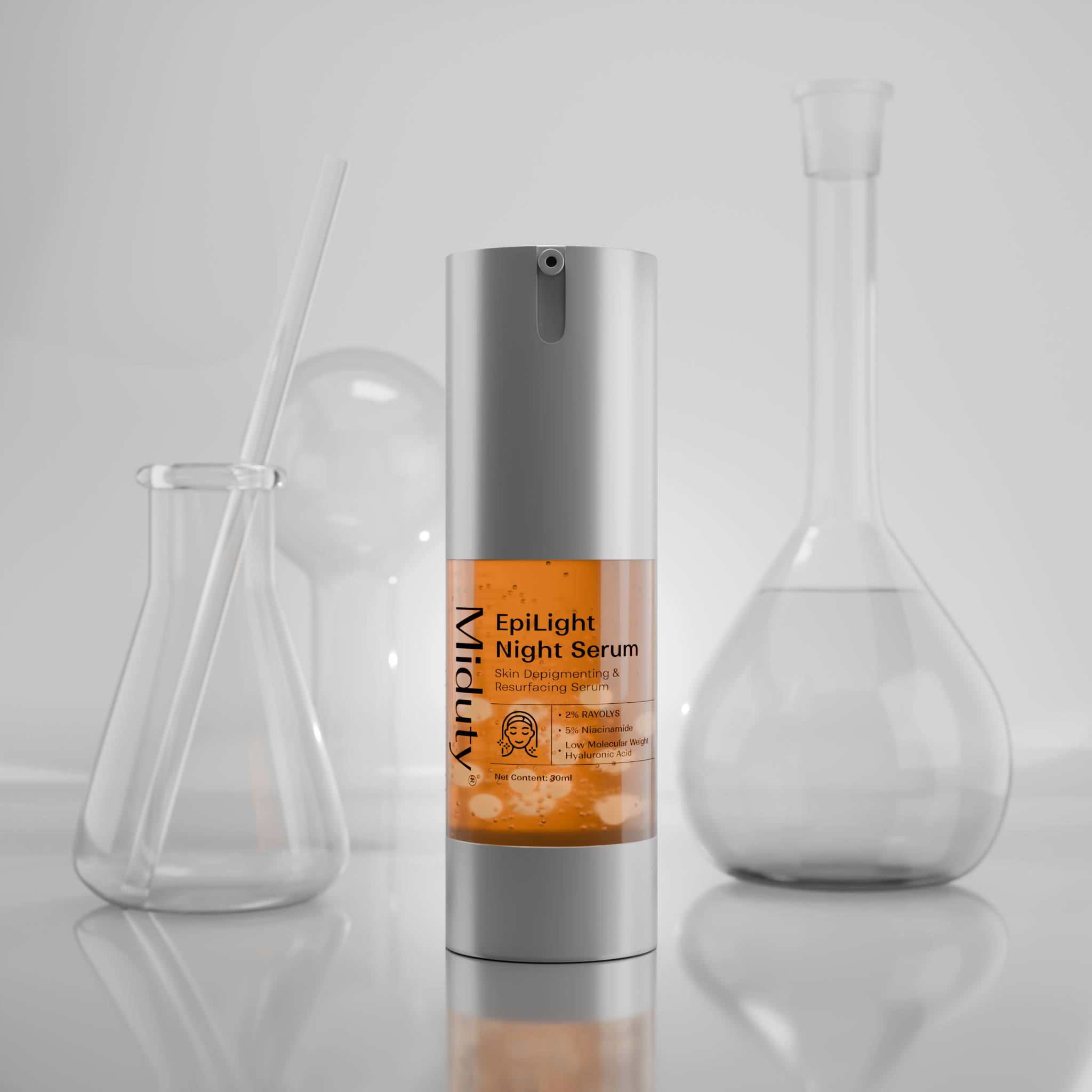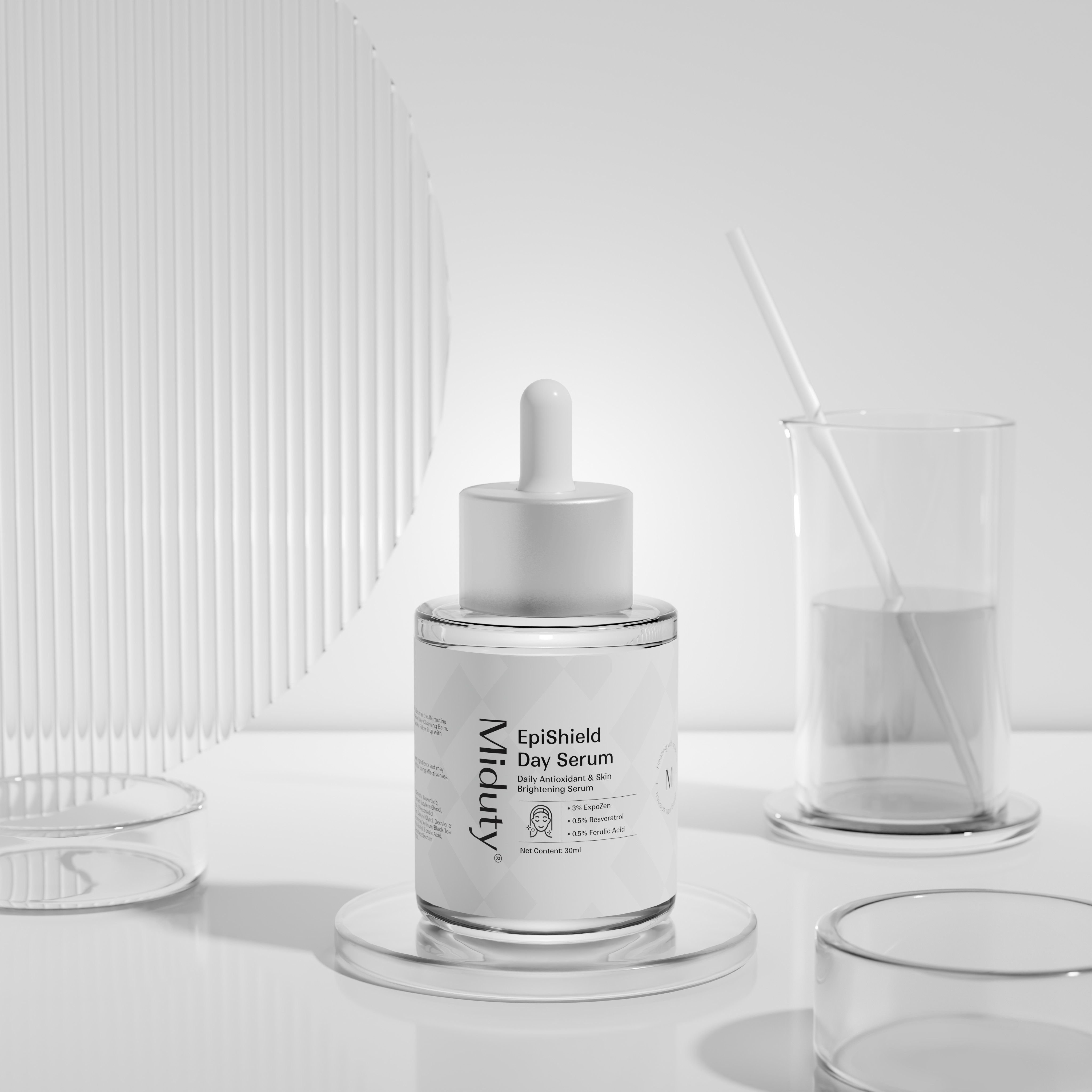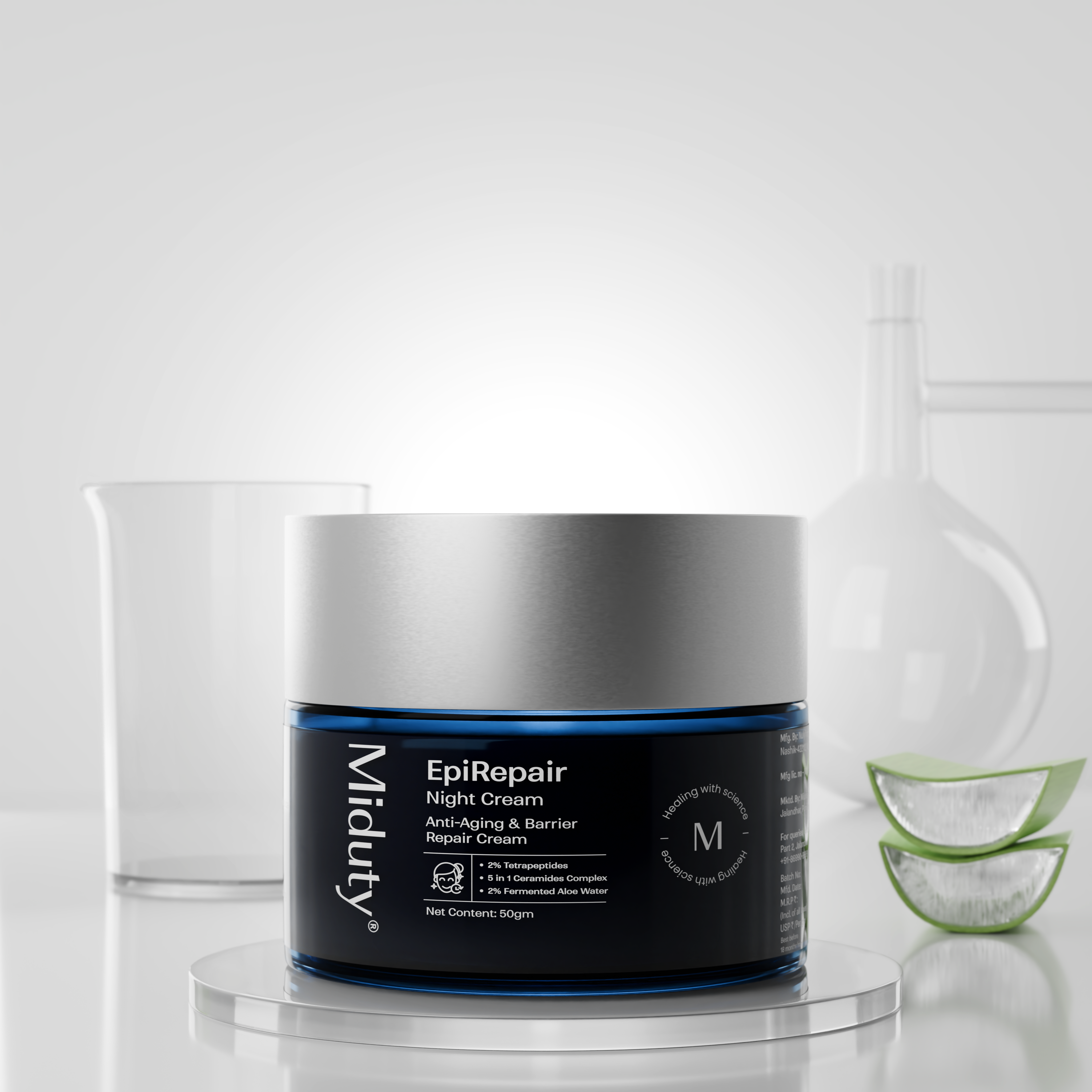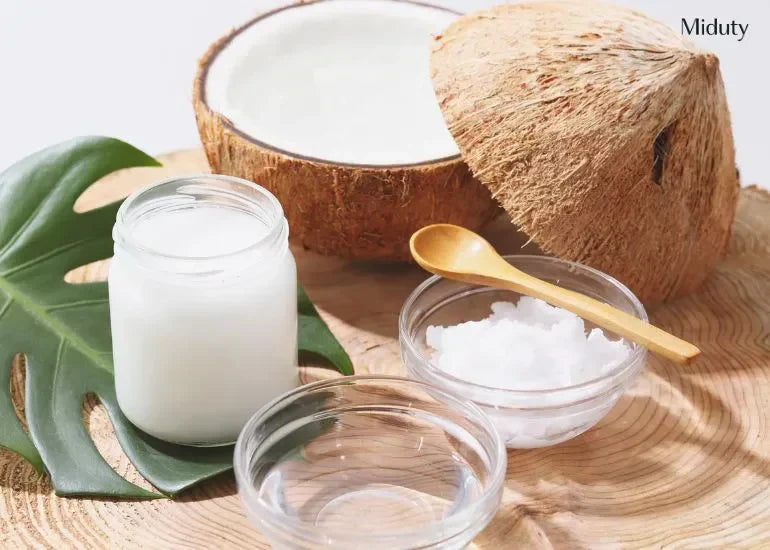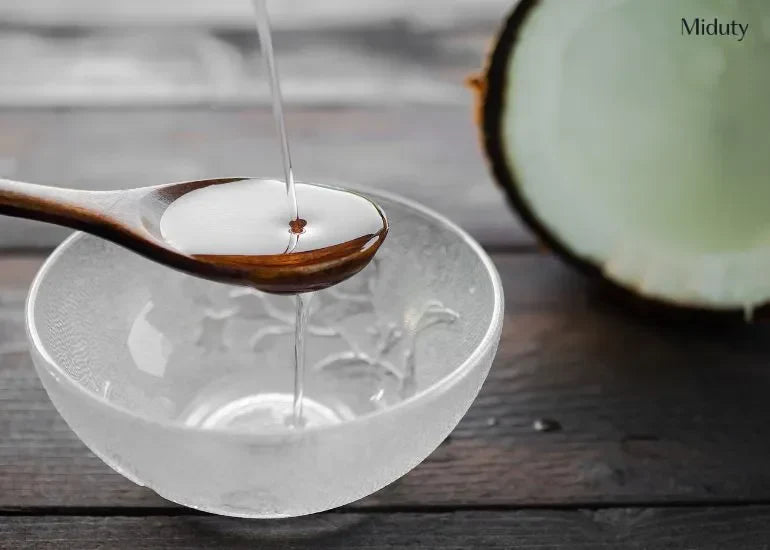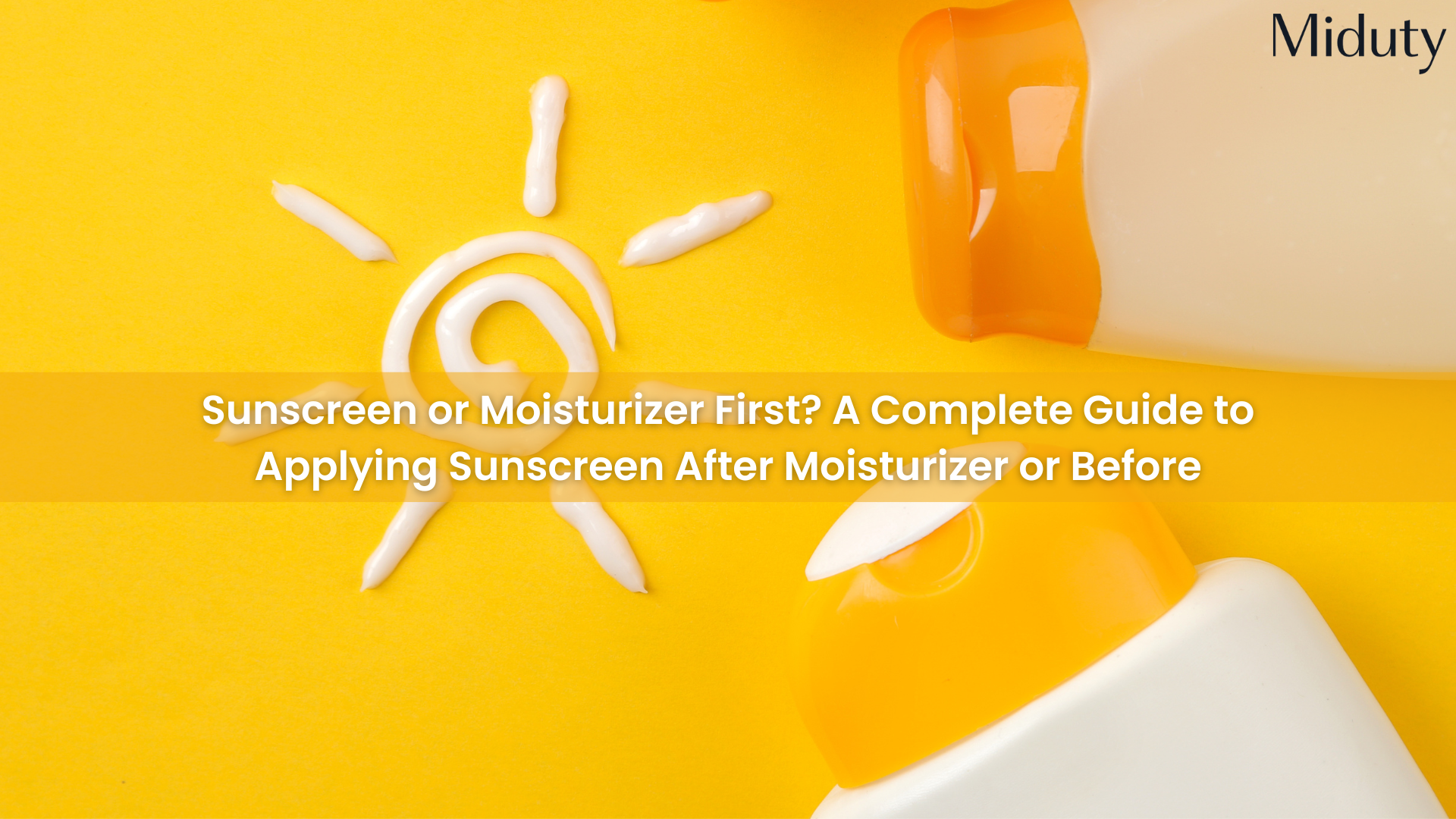
Sunscreen or Moisturizer First : What to Apply? - Learn the Right Skincare Order for Better Results
Key Takeaways
1. Applying sunscreen to your face, neck, chest, ears, hands, and arms daily is recommended to prevent long-term damage from the sun.
2. There are two main types of sunscreens: chemical, which filters UV light, and physical (mineral-based), which blocks UV light.
3. You can apply sunscreen without moisturizer if you have oily skin, but a hydrating sunscreen works best in this case.
4. Of all the skincare products out there, there's one thing your facial moisturizer really needs. Three letters: S-P-F.
When it comes to skincare routines, the question "sunscreen or moisturizer first?" often leaves many people confused. Applying your products in the right order can make a big difference in the effectiveness of your skincare routine.
In this blog, we will look into this question and clarify the right way to apply sunscreen and moisturizer for optimal protection and hydration. [1]
What to Apply First: Moisturizer or Sunscreen?
The debate of whether to apply sunscreen or moisturizer first has been ongoing, but the answer lies in understanding how each product works. Sunscreen is designed to form a protective barrier on your skin to block out harmful UV rays. Moisturizer, on the other hand, hydrates your skin, locking in moisture and keeping your skin barrier healthy. [2]
The general rule is that sunscreen should always be the last step in your skincare routine, meaning it should be applied after your moisturizer. This ensures that the protective layer of sunscreen remains on top of your skin and isn't diluted by any products applied afterward.
When to Apply Sunscreen—Before or After Moisturizer?

If you're wondering when to apply sunscreen—before or after moisturizer—the answer is clear: always use sunscreen after your moisturizer.
Moisturizers contain ingredients like humectants and emollients that hydrate your skin, while sunscreen creates a shield to protect your skin from sun damage.
Applying sunscreen first may prevent your moisturizer from properly hydrating your skin because the sunscreen acts as a barrier. On the other hand, applying sunscreen after moisturizer ensures that your skin gets the hydration it needs while still benefiting from UV protection.
This order is especially crucial if you're using a chemical sunscreen. Chemical sunscreens need to be absorbed into the skin to work effectively, and applying moisturizer afterward could dilute or reduce their effectiveness. However, if you're using a physical (mineral) sunscreen, it forms a protective layer on top of your skin, so applying it last is key to maintaining that barrier.
Can I Apply Sunscreen Without Moisturizer?
A common question in skincare is, "Can I apply sunscreen without moisturizer?". The answer depends on your skin type.
If you have oily skin, you might find that your sunscreen provides enough hydration, especially if it's a moisturizing formula. In this case, you may skip the moisturizer. However, if you have dry or combination skin, applying sunscreen without moisturizer could leave your skin feeling dry and flaky. Moisturizer is essential for replenishing the skin's moisture barrier, and skipping this step could lead to dehydration and irritation, especially if you're spending a lot of time in the sun.
If you decide to skip moisturizer, it's a good idea to use a sunscreen that has hydrating properties. Many sunscreens today are formulated with ingredients like hyaluronic acid or glycerin to provide some level of moisture.
Difference between Moisturizer and Sunscreen?
|
Cateogory |
Sunscreen |
Moisturiser |
|
Primary Function |
Protects the skin from harmful UV rays (UVA & UVB) |
Hydrates and nourishes the skin by locking in moisture |
|
Key Ingredients |
Hydrates and nourishes the skin by locking in moisture |
Often includes humectants (e.g., hyaluronic acid), emollients (e.g., oils), and occlusives (e.g., petrolatum) |
|
Application Timing |
Applied in the morning as the last step of skincare before sun exposure |
Typically applied after cleansing, morning and night |
|
Protection Offered |
Protects against sunburn, skin aging, and reduces skin cancer risk |
Provides moisture and sometimes additional benefits like anti-aging, but does not protect against UV rays |
|
SPF |
Contains SPF, ideally SPF 30 or higher for broad-spectrum protection |
May or may not include SPF (if present, SPF is usually lower) |
|
Skin Absorption |
Forms a protective barrier or absorbs UV rays to neutralize their effect |
Absorbs into the skin to replenish moisture levels |
|
Reapplication |
Should be reapplied every 2 hours when outdoors or exposed to the sun |
Not typically reapplied during the day unless skin feels dry |
|
Suitable for |
All skin types, with options like mineral sunscreens for sensitive skin or oil-free sunscreens for oily skin |
All skin types with variations in texture (cream, lotion, gel) to suit specific needs (e.g., oily, dry, sensitive) |
How to Apply Sunscreen and Moisturizer the Right Way?

Now that we've established that sunscreen comes after moisturizer, let's discuss how to apply them properly for maximum benefit.
1. Cleanse Your Face: Start with a clean slate. Gently cleanse your face to remove dirt, oil, and impurities that may have built up. This allows your skincare products to penetrate your skin more effectively.
2. Apply Moisturizer: After cleansing, apply your moisturizer. Make sure your skin is slightly damp when you apply it, as this helps lock in moisture. Use a product suited to your skin type—lightweight formulas for oily skin, rich creams for dry skin, and balancing lotions for combination skin.
3. Wait for Moisturizer to Absorb: It's essential to give your moisturizer time to absorb fully into your skin before applying sunscreen. This usually takes around 3-5 minutes, depending on the product. Waiting ensures that the moisturizer doesn't interfere with the sunscreen's ability to protect your skin.
4. Apply Sunscreen: After your moisturizer has been absorbed, apply sunscreen generously to all exposed areas of your skin. Use a broad-spectrum sunscreen with at least SPF 30, and don't forget spots like your ears, neck, and the back of your hands.
5. Reapply Sunscreen as Needed: If you're spending time outdoors, reapply your sunscreen every two hours. If you're inside but sitting near windows or screens, it's still a good idea to reapply at least once during the day, as UV rays can penetrate glass and potentially cause skin damage.
By layering moisturiser before sunscreen, you will get the hydration your skin needs and the protection it requires from UV damage.
Why Is Sunscreen Important? Broad-spectrum sunscreens protect against both UVA and UVB rays.

Sunscreen is often considered the most important step in any skincare routine.
Sunlight consists of two types of harmful rays that reach the earth — UVA rays and UVB rays. Overexposure to either can lead to skin cancer.
UVA rays penetrate deep into the skin, contributing to skin ageing and long-term damage, while UVB rays are responsible for sunburn. A broad-spectrum sunscreen protects against both types of rays, making it essential to wear sunscreen every day, even on cloudy days.[3]
Some people believe that sunscreen is only necessary on sunny days, but UV rays can harm your skin year-round, even during winter. Using a broad-spectrum sunscreen with an SPF of at least 30 is essential for protecting your skin. Make it the last step in your routine to ensure you're properly protected before you head out . [4]
Incorporating sunscreen into your daily routine helps protect your skin from long-term damage.
Common Sunscreen and Moisturizer Myths Debunked
Myth: Sunscreen Is Only Necessary on Sunny Days
Fact: UV rays are present year-round, even on cloudy or rainy days. Protecting your skin from UV exposure is essential every day.
Myth: Makeup with SPF Is Enough Protection
Fact: While makeup with SPF can add a layer of protection, it's usually not enough on its own. For full protection, apply sunscreen underneath your makeup.
Myth: Sunscreen Isn't Necessary Indoors
Fact: UV rays can penetrate windows, so even if you're indoors, you should still wear sunscreen, especially if you're sitting near a window or under artificial lighting. [5]
Sunscreen or Moisturizer First: The Final Verdict
The question of what to apply first moisturizer or sunscreen, has a clear answer: always apply moisturizer first and sunscreen last. The reason behind this is that sunscreen needs to form a protective layer on your skin to shield it from harmful UV rays, while moisturizer's job is to hydrate and nourish your skin from within.
Applying moisturizer first allows it to penetrate the skin and do its job, while applying sunscreen last ensures that it sits on top of your skin to provide maximum protection.
If you're using makeup, sunscreen should still be the last skincare step, and makeup should be applied after sunscreen. Many makeup products contain SPF, but they often don't offer enough protection on their own. Layering your makeup over sunscreen ensures your skin remains fully protected.
Conclusion
In conclusion, if you're wondering whether to apply sunscreen or moisturizer first, the rule is simple: moisturizer goes first, sunscreen goes last. Following this order ensures that your skin remains hydrated while also being protected from the sun's harmful rays.
For optimal skin health, always use a broad-spectrum sunscreen with at least SPF 30, and reapply it throughout the day, especially when you're outdoors. Now that you know how to apply sunscreen and moisturizer, make it a daily habit to protect and nourish your skin for the long term.
By following these steps, you'll have a skincare routine that's not only effective but also tailored to keep your skin glowing, healthy, and well-protected from daily environmental stressors.
Frequently Asked Questions On Sunscreen or Moisturizer First -
Q1. What to apply first: Moisturizer or Sunscreen?
Always apply moisturizer before sunscreen to maximize hydration and sun protection.
Q2. Do I need moisturizer if I use sunscreen?
It depends on your skin type. If you have oily skin, you might not need a separate moisturizer. However, if you have dry or combination skin, skipping moisturizer could leave your skin feeling dehydrated.
Q3. Should I apply sunscreen at night?
Sunscreen is designed for daytime use to protect the skin from UV rays. Using it at night may clog pores and irritate the skin unnecessarily.
Q4. What happens if we apply sunscreen daily?
Regular use of sunscreen helps prevent sunburn, skin cancer, and premature aging. [6]
Q5. Why do I get darker after applying sunscreen?
The darkening of the skin after applying sunscreen often depends on the type of sunscreen used. Certain ingredients in the sunscreen may not be suitable for your skin type, which can lead to darkening of the skin. It is important to consult a dermatologist to get a sunscreen that is suitable for your skin type. [7]
References


